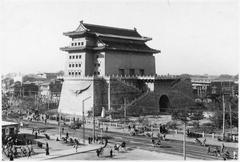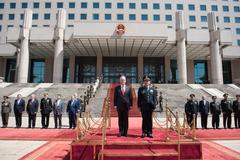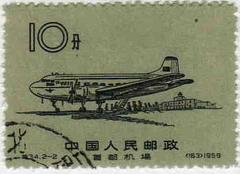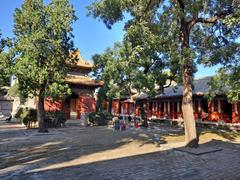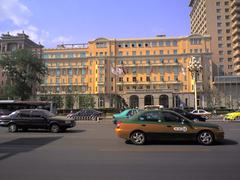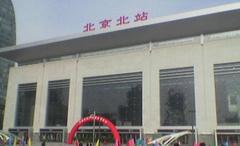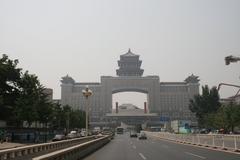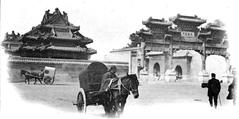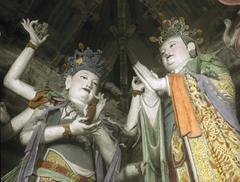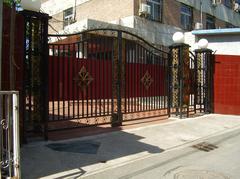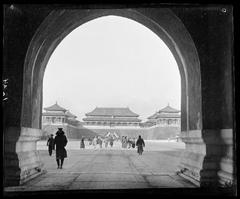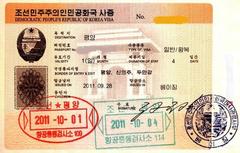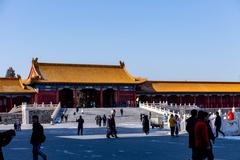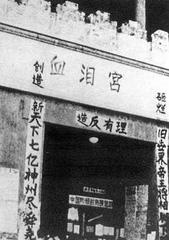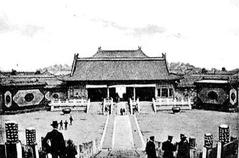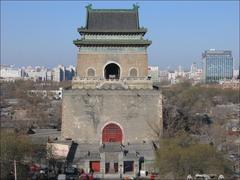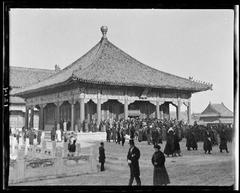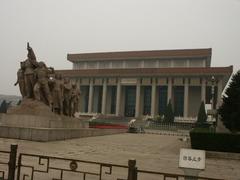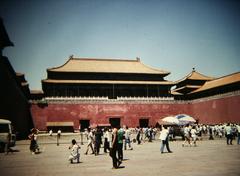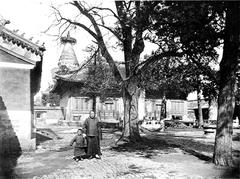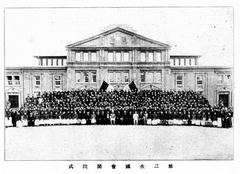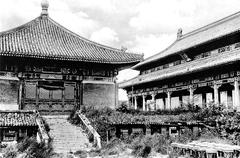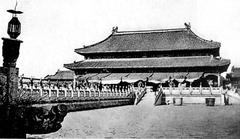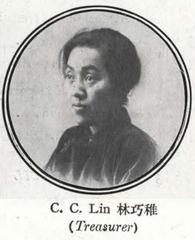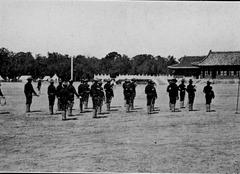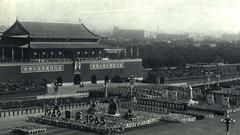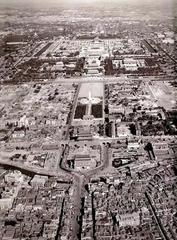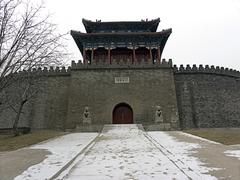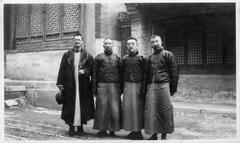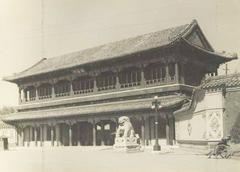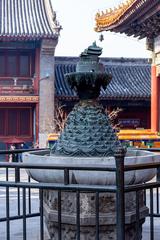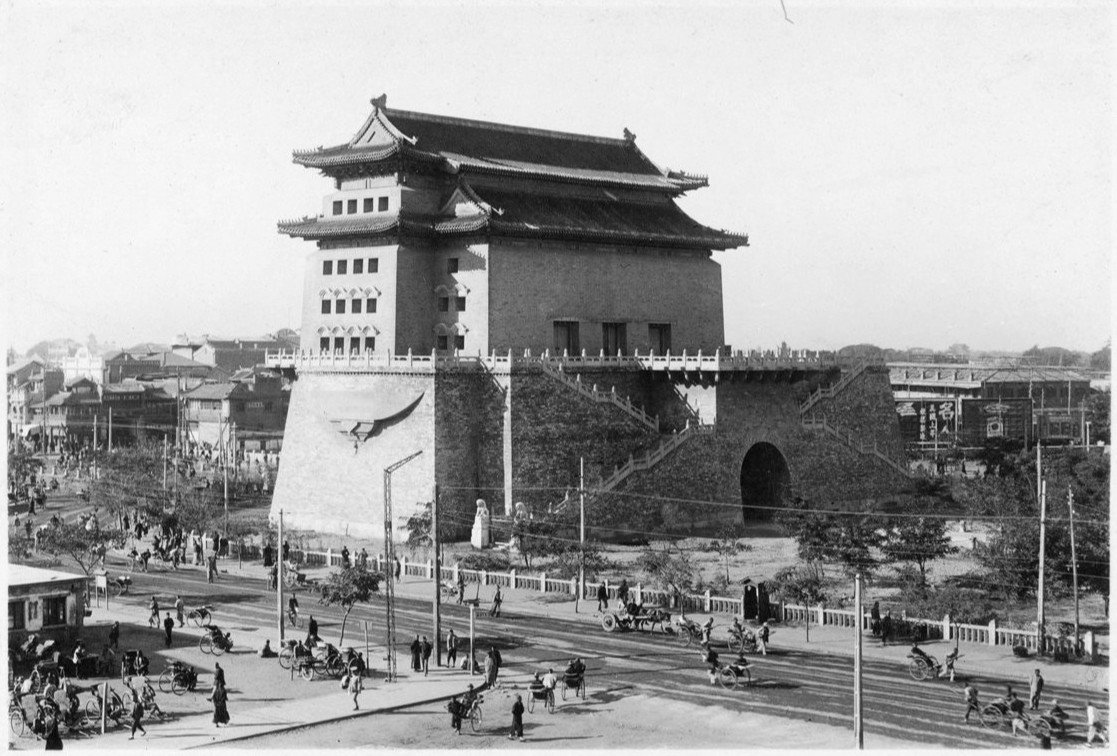
Visitor’s Guide to the Supreme People’s Court of the People’s Republic of China in Beijing
Date: 01/08/2024
Introduction
The Supreme People’s Court (SPC) of the People’s Republic of China stands as a cornerstone of the nation’s judicial system. Established on October 22, 1949, shortly after the founding of the People’s Republic of China, the SPC has evolved to become a pivotal institution in the Chinese legal framework. The court’s inception marked the beginning of a new era in the legal adjudication processes within the country, with its early operations heavily influenced by members of the People’s Liberation Army (Wikipedia).
The SPC’s functions were first outlined in the 1954 Chinese constitution, which aimed to ensure the court’s independent adjudication, although its independence has often been limited due to its accountability to the National People’s Congress (Wikipedia). Over the decades, the court has undergone significant transformations, particularly during and after the Cultural Revolution, which saw its role and functions severely disrupted. The post-Cultural Revolution era, however, brought about critical reforms that restored the court’s right to independent adjudication (Wikipedia).
In modern times, the SPC has continued to adapt to the changing legal and economic landscape of China. Notable developments include the introduction of a judicial credibility blacklist in 2013 and the establishment of the Intellectual Property Tribunal in 2019 (Wikipedia). These initiatives reflect the court’s ongoing efforts to enhance its role in ensuring legal compliance and protecting intellectual property rights. For visitors interested in the judicial history and evolution of China’s legal system, the SPC offers a unique glimpse into the country’s legal heritage and contemporary judicial practices.
Table of Contents
- [History and Evolution of the Supreme People’s Court](#history-and-evolution-of-the-supreme-peoples-courthistory-and-evolution-of-the-supreme-peoples-court)
- [Establishment and Early Years](#establishment-and-early-yearsestablishment-and-early-years)
- [Constitutional Foundations](#constitutional-foundationsconstitutional-foundations)
- [Cultural Revolution Impact](#cultural-revolution-impactcultural-revolution-impact)
- [Post-Cultural Revolution Reforms](#post-cultural-revolution-reformspost-cultural-revolution-reforms)
- [Modern Developments](#modern-developmentsmodern-developments)
- [Judicial Credibility and Enforcement](#judicial-credibility-and-enforcementjudicial-credibility-and-enforcement)
- [Intellectual Property Tribunal](#intellectual-property-tribunalintellectual-property-tribunal)
- [Functions and Jurisdiction](#functions-and-jurisdictionfunctions-and-jurisdiction)
- [Adjudication](#adjudicationadjudication)
- [Legal Interpretation](#legal-interpretationlegal-interpretation)
- [Supervision of Lower Courts](#supervision-of-lower-courtssupervision-of-lower-courts)
- [Visitor Information: Tickets, Hours, and Tips](#visitor-information-tickets-hours-and-tipsvisitor-information-tickets-hours-and-tips)
- [Visiting Hours and Ticket Information](#visiting-hours-and-ticket-informationvisiting-hours-and-ticket-information)
- [Nearby Attractions](#nearby-attractionsnearby-attractions)
- [Accessibility and Travel Tips](#accessibility-and-travel-tipsaccessibility-and-travel-tips)
- [Public Engagement and Transparency](#public-engagement-and-transparencypublic-engagement-and-transparency)
- [Online Court Visits](#online-court-visitsonline-court-visits)
- [Educational Campaigns](#educational-campaignseducational-campaigns)
- [Current Leadership](#current-leadershipcurrent-leadership)
- [FAQ](#faqfaq)
- [Conclusion](#conclusionconclusion)
History and Evolution of the Supreme People’s Court
Establishment and Early Years
The Supreme People’s Court (SPC) of the People’s Republic of China was established on October 22, 1949, shortly after the founding of the People’s Republic of China. It began its operations in November 1950. Initially, the court’s leadership included members who did not come from a legal background, with many of its first staff being assigned from the People’s Liberation Army (Wikipedia).
Constitutional Foundations
The functions of the SPC were first outlined in the 1954 Chinese constitution, which granted the court the power of independent adjudication and made it accountable to the National People’s Congress (NPC) (Wikipedia). This framework was intended to ensure that the court could operate independently within the governmental structure, although in practice, the court’s independence has been limited by its accountability to the NPC.
Cultural Revolution Impact
During the Cultural Revolution (1966-1976), the SPC’s role and functions were significantly disrupted. The 1975 constitution removed the provision for independent adjudication, requiring courts to report to revolutionary committees instead. Most of the court’s staff were sent to the countryside, and the People’s Liberation Army occupied the court from 1968 to 1973 (Wikipedia).
Post-Cultural Revolution Reforms
Following the end of the Cultural Revolution, the SPC began to refocus on legal issues, particularly those related to civil and commercial law, in response to China’s economic liberalization under Deng Xiaoping. The 1982 constitutional amendment restored the courts’ right to independent adjudication, explicitly stating that courts’ decisions could not be influenced by administrative organs, social organizations, or individuals (Wikipedia).
Modern Developments
Judicial Credibility and Enforcement
In 2013, the SPC introduced a blacklist to enhance judicial credibility by enforcing court orders more effectively. This list includes Chinese citizens and companies that refuse to comply with court orders despite having the ability to do so. By 2023, this blacklist had become one of the SPC’s most important enforcement tools, resulting in the recovery of tens of trillions of RMB in fines and delinquent repayments (Wikipedia).
Intellectual Property Tribunal
On January 1, 2019, the SPC established the Intellectual Property Tribunal to handle all second-instance hearings from cases initially heard by the Intellectual Property Courts. This move was part of a broader effort to improve the handling of intellectual property disputes in China (Wikipedia).
Functions and Jurisdiction
Adjudication
The SPC exercises original jurisdiction over cases placed with the court by laws and regulations and those it deems within its jurisdiction. It is selective in the matters it hears, focusing on cases with the potential to impact future similar cases. The court also reviews appeals or protests against trial decisions or verdicts of high people’s courts and special people’s courts. Additionally, it approves death sentences and suspended death sentences handed down by lower courts (Wikipedia).
Legal Interpretation
While the Chinese constitution does not grant courts the power to review laws for their constitutionality, the SPC can request the Standing Committee of the NPC to evaluate whether an administrative rule, local regulation, autonomous regulation, or separate regulation contravenes the constitution or a national law. However, the SPC has never made such a request (Wikipedia).
Supervision of Lower Courts
The SPC is responsible for supervising the adjudication of lower courts and specialized courts. This supervisory role ensures that lower courts adhere to legal standards and procedures, maintaining consistency and fairness in the judicial process (Wikipedia).
Visitor Information: Tickets, Hours, and Tips
Visiting Hours and Ticket Information
The Supreme People’s Court offers limited public visiting hours, typically from 9:00 AM to 5:00 PM on weekdays. Visitors are encouraged to check the official SPC website or contact the court directly for the most current visiting hours and any special requirements. Admission is generally free, but tickets may be required for special events or guided tours.
Nearby Attractions
Located in Beijing, the Supreme People’s Court is near several historical sites, including the Forbidden City, Tiananmen Square, and the National Museum of China. Visitors can easily plan a full day of exploration around these sites.
Accessibility and Travel Tips
The SPC is accessible via public transportation, including buses and the Beijing subway. For those driving, parking is limited, so public transport is recommended. The court offers basic accessibility features for visitors with disabilities.
Public Engagement and Transparency
Online Court Visits
In recent years, the SPC has made efforts to improve public knowledge of the judicial system. For example, in December 2022, the SPC organized an online visit to Beijing courts as part of a nationwide campaign to celebrate National Constitution Day. This event allowed netizens to visit nine courts across Beijing via video link, helping the public understand how courts work and what legal services are available (China Daily).
Educational Campaigns
Since 2018, the SPC has held a weeklong campaign each year to introduce the Constitution and the rule of law to the public. This campaign includes activities such as Constitution-related knowledge contests and seminars on law-based governance (China Daily).
Current Leadership
As of March 2023, the President of the Supreme People’s Court and Grand Chief Justice is Zhang Jun. Under his leadership, the SPC continues to focus on improving judicial quality and transparency, as well as enhancing the court’s role in the development of the rule of law in China (Wikipedia).
FAQ
What are the visiting hours for the Supreme People’s Court? Visiting hours are generally from 9:00 AM to 5:00 PM on weekdays. It is advisable to check the official website for the most current information.
How can I buy tickets to visit the Supreme People’s Court? Admission is generally free, but tickets may be required for special events or guided tours. Check the official SPC website for details.
What are some nearby attractions? The Supreme People’s Court is located near several major historical sites in Beijing, including the Forbidden City, Tiananmen Square, and the National Museum of China.
Is the Supreme People’s Court accessible? Yes, the court offers basic accessibility features for visitors with disabilities. It is also conveniently accessible via public transportation.
Conclusion
Visiting the Supreme People’s Court of China provides a profound insight into the nation’s legal evolution and its current judicial practices. Since its establishment in 1949, the SPC has undergone significant transformations, adapting to the dynamic political and economic landscape of China. From its early years under the influence of the People’s Liberation Army to the disruptions during the Cultural Revolution, and the subsequent reforms that restored judicial independence, the SPC’s history mirrors the broader narrative of China’s legal development (Wikipedia).
Today, the SPC plays a crucial role in adjudicating important cases, interpreting laws, and supervising lower courts. It has also made strides in modernizing its judicial processes, particularly through initiatives like the judicial credibility blacklist and the Intellectual Property Tribunal (Wikipedia). For visitors, the court not only represents a significant legal institution but also serves as a gateway to understanding China’s commitment to the rule of law and justice administration. Whether exploring the China Court Museum or participating in educational campaigns and online court visits, visitors can gain a deeper appreciation of China’s legal system and its ongoing efforts to enhance judicial transparency and public engagement (China Daily).
References
- Wikipedia. (n.d.). Supreme People’s Court. Retrieved from https://en.wikipedia.org/wiki/Supreme_People’s_Court
- China Daily. (2022, December 12). Chinese netizens visit Beijing courts online. Retrieved from https://govt.chinadaily.com.cn/s/202212/12/WS6396e090498ea274927aafb1/chinese-netizens-visit-beijing-courts-online.html
- China Daily. (2022, December 10). SPC holds weeklong campaign to introduce Constitution. Retrieved from https://english.court.gov.cn/2022-12/10/c_838805.htm
